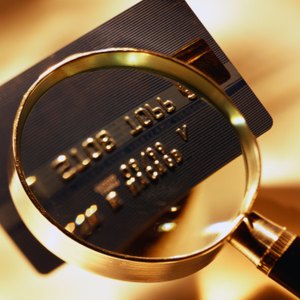
Smart cards are a type of plastic cards with an integrated microchip that can store digital information. You can find smart cards in two forms: contact (which means you need to insert them into a device) or contactless (you touch the cards to a special surface). These cards are used for activities such as automated banking (credit or debit cards), communication (phone cards) and even transportation. Everyday experience reveals their advantages and disadvantages.
Safety
Smart cards are a safe options for everyday transactions, as you can use them only on devices featuring advanced security standards (such as ATMs and public transport equipment), while you also need a special PIN code to access their data. For this reason, they are a more reliable option than online transactions from your personal computer or a public device. As David Chadwick, professor of information systems security, suggests, "It’s easier to copy a software-based token and to try to break the password at leisure without the user’s knowledge."
Easy to Use
It's more simple to go to an ATM, enter your password and choose your transaction, instead of doing the same task in the bank. Furthermore, just touching a smart card on public transport to pay your fee makes the process -- and subsequently your trip -- faster. Smart cards allow you to avoid lengthy procedures (sign forms in a bank, wait for the change by the driver) and accommodate your busy way of life.
Theft of Smart Card
Any person who holds the smart card and knows its password can use it. This is a drawback because it is impossible for smart card readers to distinguish between different users of the same card. Therefore, fraudsters with knowledge of a person's password can use the card freely, until legitimate holders realize their card is missing and cancel it.
Special Equipment
Smart cards can be used only with the help of special devices called "smart card readers." Such devices are quite expensive, ranging from $20 (for the cheapest smart card readers you can connect on your personal computer) to hundreds of dollars for security-enhanced devices, such as ATMs. Widespread use of smart cards requires equipment readily available to customers, raising the cost for every organization issuing smart cards.
References
Writer Bio
Tasos Vossos has been a professional journalist since 2008. He has previously worked as a staff writer for "Eleftheros Tipos," a leading newspaper of Greece, and is currently a London-based sports reporter for Perform Sports Media in the United Kingdom. He holds a Bachelor of Arts in communication and media from the University of Athens.

